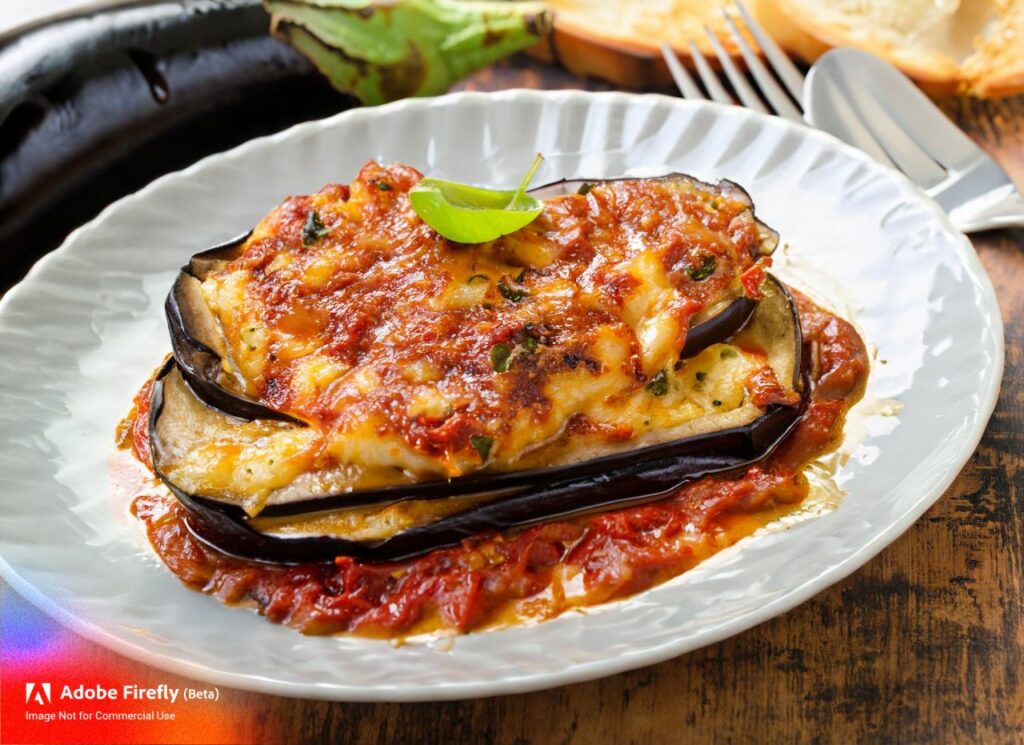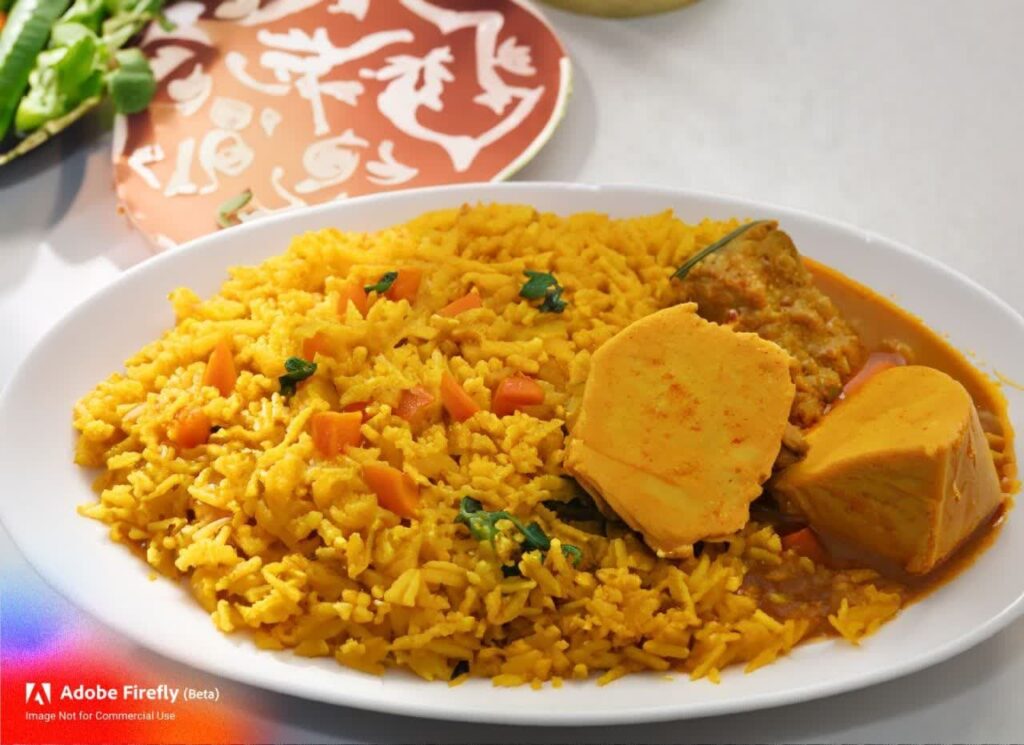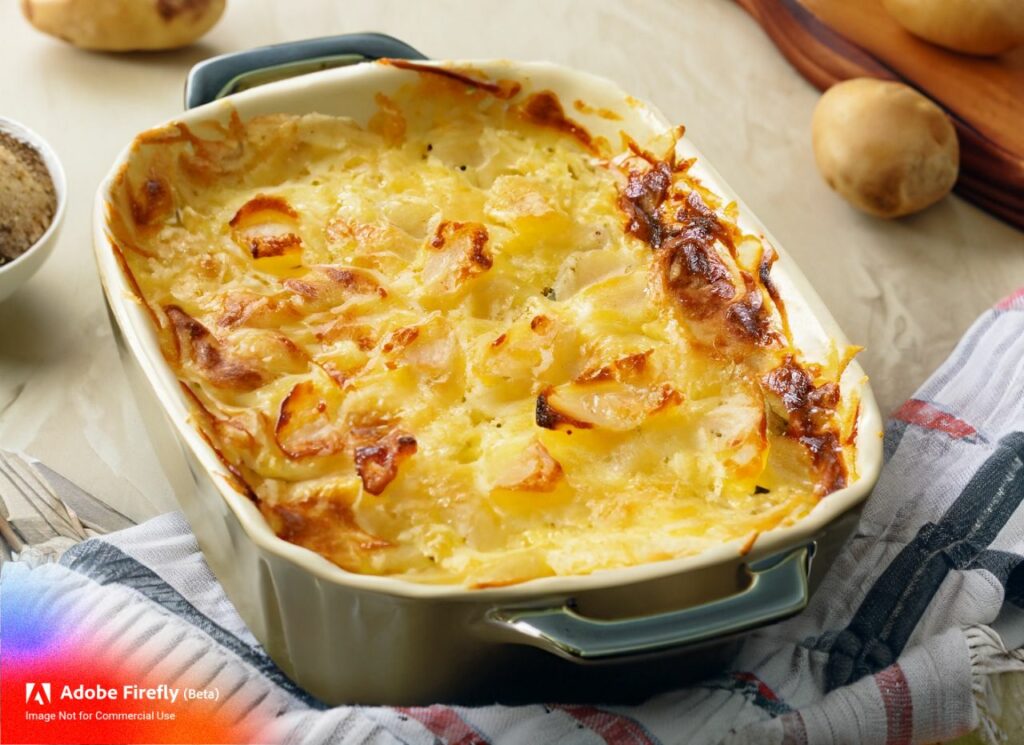About Garlic
Garlic, known scientifically as Allium sativum, is a pungent and versatile herb that has been cherished for its culinary and medicinal properties for thousands of years. With its distinctive aroma and bold flavor, garlic is a staple ingredient in cuisines across the globe. In this essay, we will explore the history and origins of garlic, its nutritional and health benefits, culinary uses, and its cultural significance as a cherished herb in the world of gastronomy.
Historical Origins and Global Adoption:
Garlic has a long and storied history that can be traced back to ancient civilizations such as the Egyptians, Greeks, and Romans. It is believed that garlic was cultivated as early as 4,000 years ago, and its use as both a food and a medicine spread across different regions over time. Today, garlic is grown and enjoyed in various cuisines worldwide, playing an essential role in both traditional and modern dishes.
Nutritional and Medicinal Value:
Garlic boasts an impressive array of nutritional components and potential health benefits:
1. Nutrients: Garlic is rich in vitamins C and B6, as well as manganese and selenium.
2. Allicin: Garlic contains allicin, a compound with potential antibacterial and antifungal properties.
3. Antioxidants: The presence of antioxidants in garlic may help combat oxidative stress and support overall health.
4. Cardiovascular Benefits: Some studies suggest that garlic may contribute to heart health by promoting healthy cholesterol levels and supporting blood pressure.
Culinary Uses and Flavor Profile:
Garlic is celebrated for its ability to elevate the taste of dishes with its distinctive flavor:
1. Savory Dishes: Garlic serves as a foundation for savory dishes, adding depth and complexity to soups, stews, and sauces.
2. Roasting and Sautéing: Roasted garlic develops a mellow and sweet flavor, while sautéed garlic releases its aromatic essence into the dish.
3. Marinades: Garlic is a key ingredient in flavorful marinades, infusing meats and vegetables with its bold taste.
4. Garlic Bread: A beloved preparation, garlic bread features buttery slices of bread generously flavored with garlic and herbs.
Cultural Significance and Symbolism:
Garlic holds cultural significance in various traditions and beliefs:
1. Culinary Traditions: Garlic’s widespread use in diverse cuisines reflects its cultural importance and status as a cherished culinary herb.
2. Folklore and Beliefs: Throughout history, garlic has been associated with superstitions and believed to ward off evil spirits or protect against ailments.
3. Celebrations and Festivals: In some cultures, garlic plays a role in festive dishes prepared during special occasions and celebrations.












